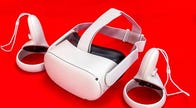Technologies
Meta Quest 3: What to Expect in 2023
Meta’s next headset should be a lot less expensive than Apple’s, and is arriving this year. Could it have an edge?
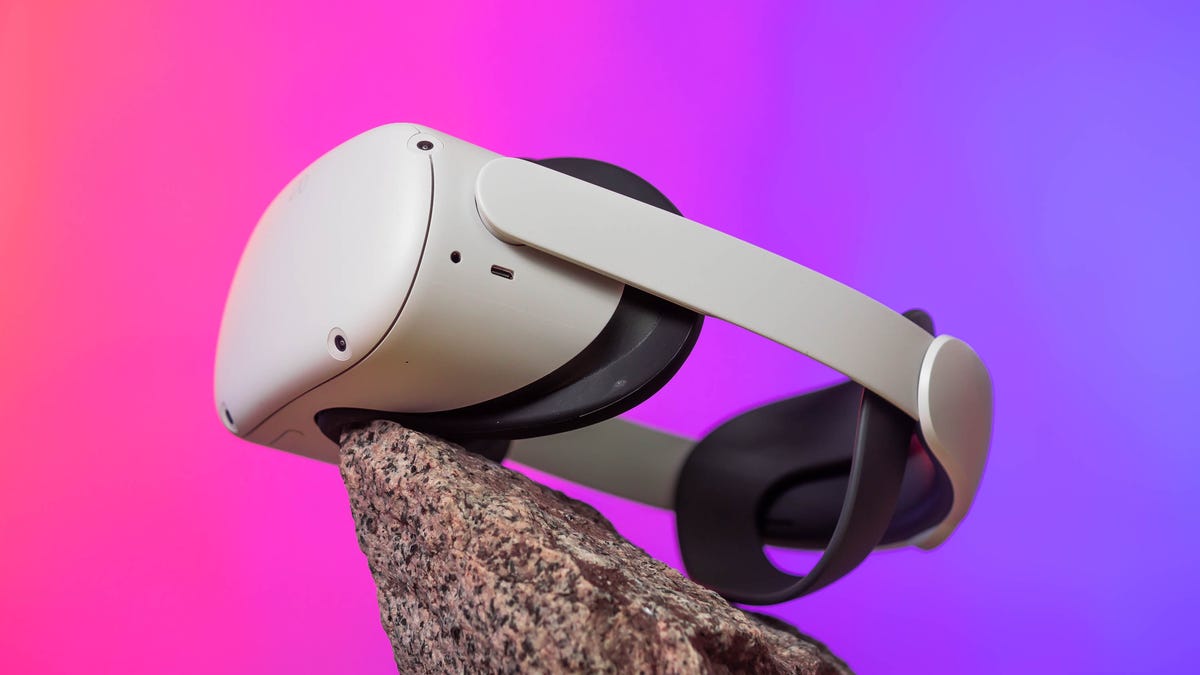
This has been a big year for new VR headsets: the PlayStation VR 2 and Vive XR Elite are already here, and Apple’s mixed reality headset should be announced in a matter of weeks. The biggest product of all of them, however, could be the Meta Quest 3.
Meta’s sequel to the most popular VR headset in the world right now will be a 2023 product, and Meta’s Mark Zuckerberg has already confirmed it will be priced similarly to the Quest 2. That should mean it’ll be a far more affordable headset than what Apple is readying.
Will it also be the best? Here’s what we expect.

The Quest Pro (left) next to the Quest 2 (right). The Quest 3 may be smaller in the front like the Pro, but with the Quest 2’s elastic head straps.
Price: Somewhere around $400?
Meta’s work-focused Quest Pro headset that debuted last fall was a misfire, starting at $1,500 and now reduced to $1,000. Meta’s Quest 3 should fall in line with the $400 price of the Quest 2 headset (although that’s an increase from the Quest 2’s original price of $300). Although considering it will likely have better performance and features, it could end up being a little more expensive.
That price would be less than the PlayStation VR 2, which also needs a PlayStation 5 to work. And it would likely be thousands of dollars less than what the Apple headset is expected to cost, which many industry watchers are pinning at $3000.
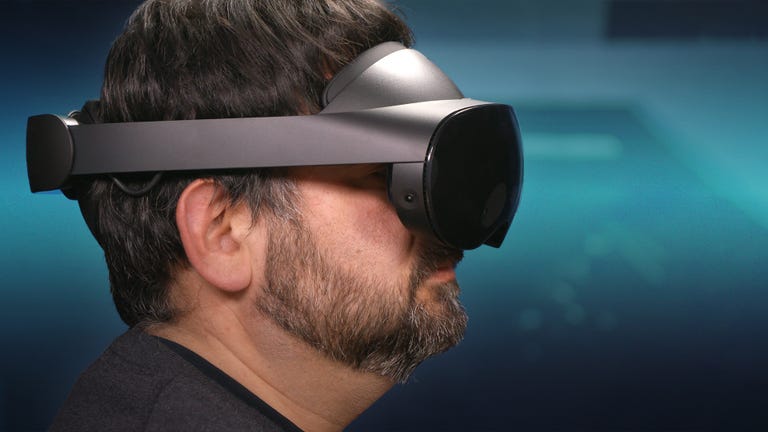
06:31
Features: Mixed reality, but maybe not eye tracking
The future of VR is already moving towards mixed reality, blending VR with real-world surroundings using passthrough cameras projecting real-time footage in-headset. The Quest Pro and Vive XR Elite already do it, and Apple’s headset is expected to do the same.
The Quest 3 should have color passthrough cameras, much like the Quest Pro, Vive XR Elite and Pico 4 do. The Quest 2 has only a basic monochrome passthrough camera. The Quest 3 could also have better depth sensing capabilities, either through improved on-headset sensors or computer vision algorithms. Meta’s selection of mixed reality apps is pretty bare right now, but a mainstream Quest 3 that also taps into the possibilities could spark a lot more apps and games.
VR/AR YouTuber Bradley Lynch detailed a bunch of Quest 3 features last year based on leaks from Meta, which details a lot of what to expect: a depth sensor is planned to be onboard.
Eye tracking may be left out. The Quest Pro has eye tracking and face tracking, which can be turned off in settings and isn’t used for all apps. The PlayStation VR 2 uses eye tracking frequently to optimize graphics performance, but it’s also tethered to the PS5, and doesn’t have to deal with battery drain concerns. The Quest 3 might skip the feature to save on cost, or perhaps because Meta isn’t ready to deal with the privacy ramifications yet.
A new processor is expected, though. The aging Snapdragon XR2 chip could get a true follow-up (reports say it’ll be a Qualcomm Snapdragon XR2 Gen 2), improving graphics and speed for the new headset, and maybe battery performance as well. Qualcomm already has a multi-year partnership with Meta, unveiling new XR chips that will roll out to other devices in the future. This could be the debut of a new chip, much like the XR2 was for the Quest 2.
Storage sizes and RAM might be upgraded as well, according to Lynch’s report from last year, with a 512GB storage option finally becoming available.
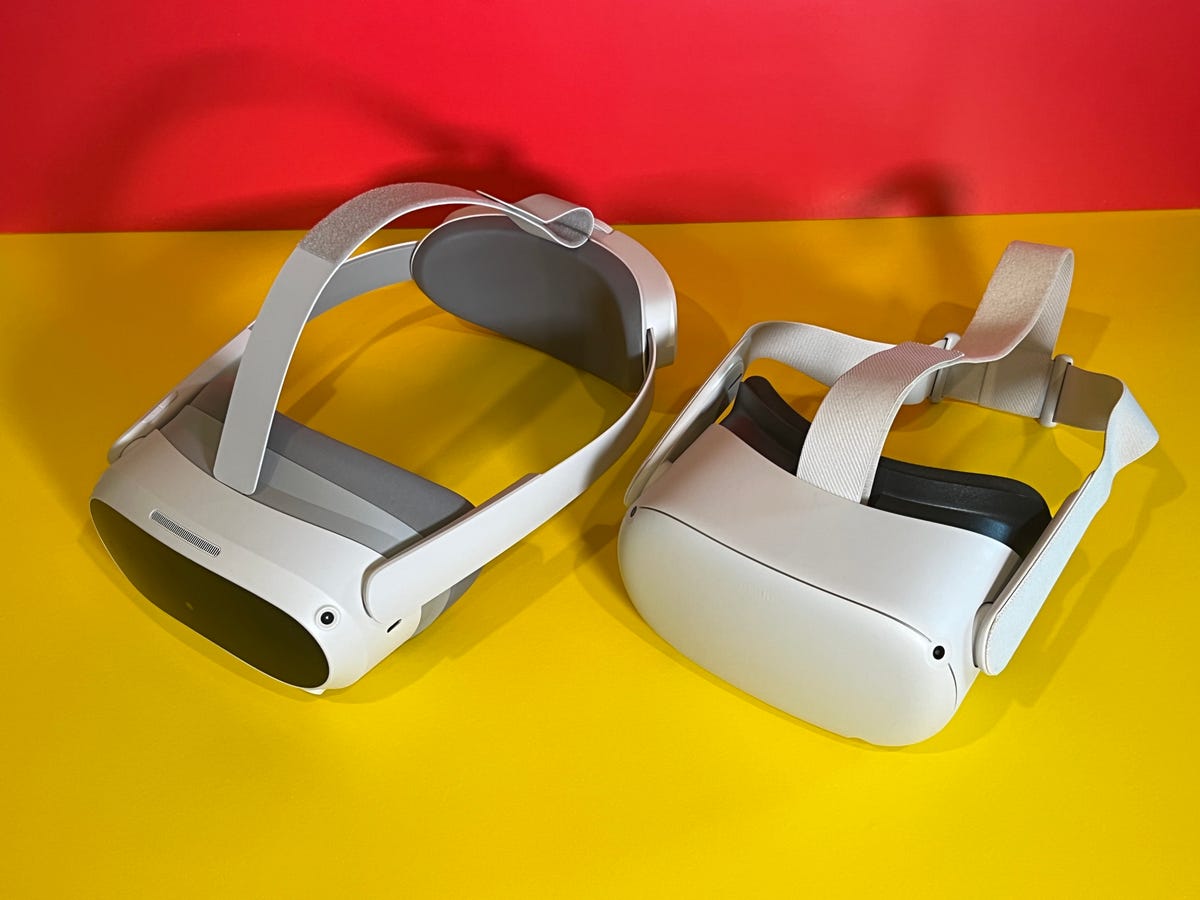
The Pico 4 (left) is significantly smaller in the front than the Quest 2 (right), but the battery gets moved to the larger back strap. The Quest 3 should also be smaller, with the battery staying in the front.
Slimmer design
Meta’s improved «pancake optics» lenses for the Quest Pro slimmed down the front of the VR headset versus the Quest 2, with a clearer lens to boot. The Pico 4 headset, another affordable Quest 2-range VR headset, added pancake optics last year. The Quest 3 should get this upgrade too, adding up to a much smaller headset size than the Quest 2.
Smaller could mean more portable. Will new cases and accessories emphasize this? Being able to take a Quest 3 on trips more easily would be a big advantage. HTC’s Vive XR Elite folds down into the size of a pair of (big) glasses, with an optional tube-shaped carry case.
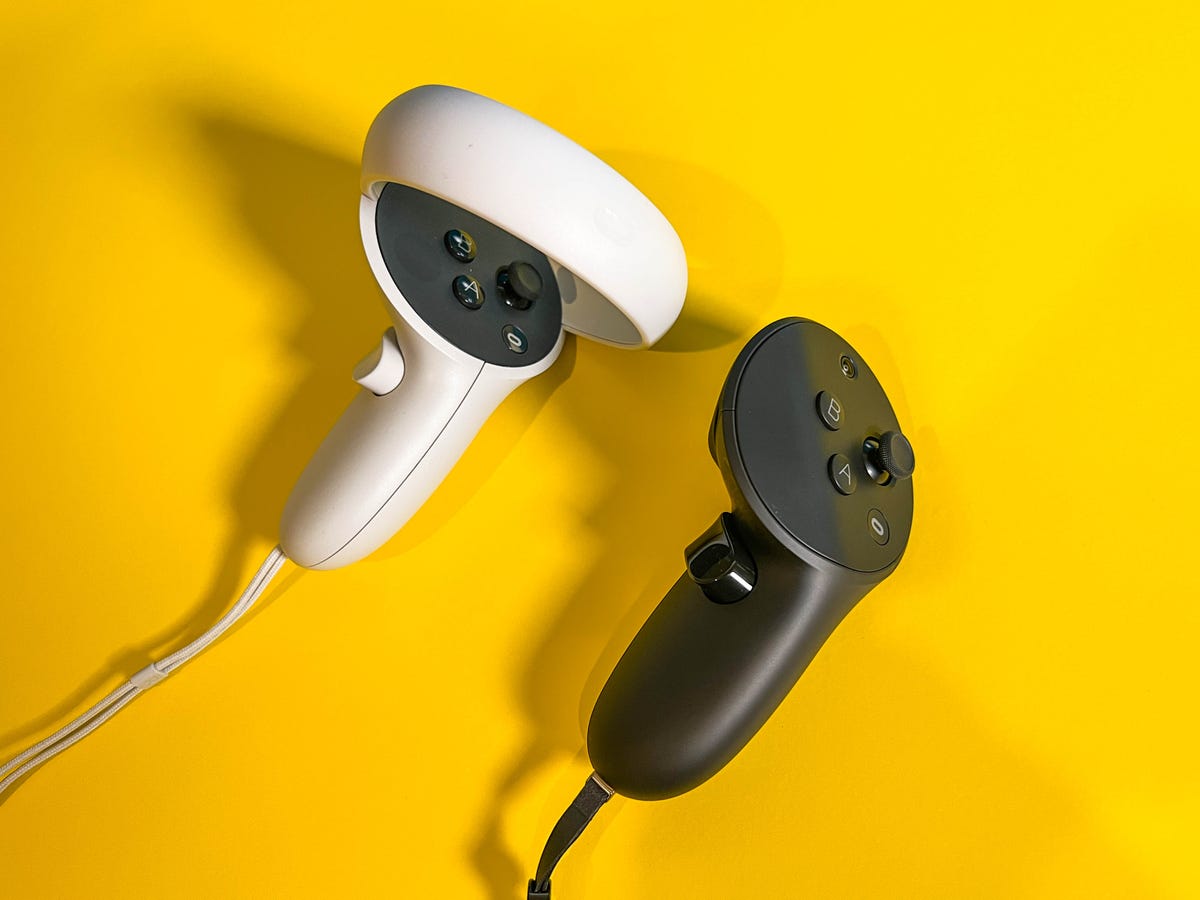
The Quest Pro controller (right) is a big redesign over the Quest 2 controller (left).
It could work with Meta’s new Quest Pro controllers
Meta updated its controllers with the Quest Pro, adding cameras for better tracking consistency and shrinking down the size. These controllers are currently an expensive upgrade for Quest 2 owners, they sell for $300 separately, but would Meta include them with the Quest 3? Or could they still be optional upgrades?
Another possibility could be another redesigned set of controllers. Meta doesn’t seem ready to get rid of controllers completely for the Quest, although that seems to be the long-term strategy as hand tracking continues to improve.
Lynch also showed leaked looks at the headset last year that suggested the Quest 3 might charge in the current Quest Pro dock.
Games should be a major focus, once again
Meta’s experiments in work and social apps – aka, the metaverse – haven’t taken off, which means gaming is still the biggest use for the Quest 2 (along with fitness). Meta’s upcoming games showcase on June 1 is emphasizing that the Quest 2 is, first and foremost, a game console.
With an expected fall debut, the Quest 3 will likely be positioned again as a game console with a lot of potential fitness, work and social benefits. It’s Meta’s safest bet, and with its expected console-level price, not an absurd proposition in a year where there aren’t expected to be any other new game console debuts to compete with.
Will Quest 3 spark a wave of mixed reality apps?
The Quest 3’s bigger mixed reality focus, and its lower price than the Quest Pro, should finally trigger a wave of new apps that aim to use mixed reality more often. It’s the Quest 3’s biggest new feature, and with Apple likely to show off mixed reality quite a bit as well, it might mean developers are finally going to think in a more AR-like mindset. It’s Meta’s biggest opportunity to try to advance the Quest experience beyond its VR-minded status.
If you’re looking to buy a headset, you should wait
At this point, the fall isn’t far away. The Quest 3 looks like it’ll be the best Meta VR headset, and could be one of the best options for its price when it arrives. Anyone looking for a headset right now should hold off and see what’s coming, especially with both this and Apple’s headset on the horizon.
More on virtual reality and VR gaming
Technologies
Today’s NYT Mini Crossword Answers for Saturday, Dec. 27
Here are the answers for The New York Times Mini Crossword for Dec. 27.
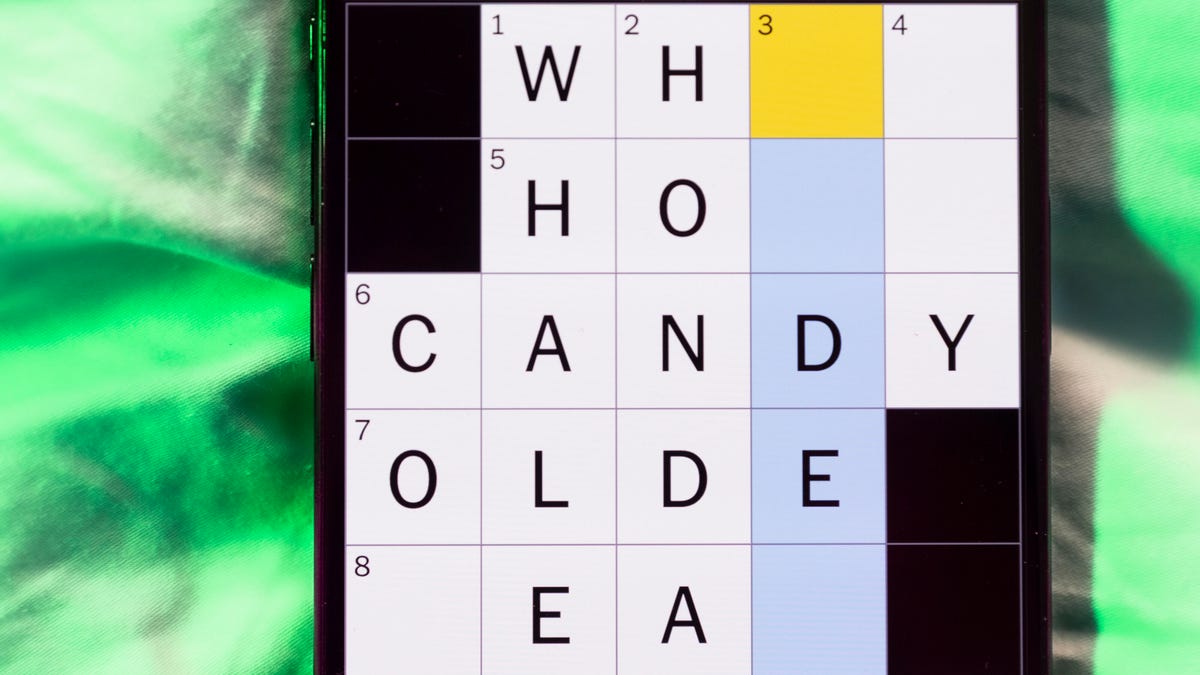
Looking for the most recent Mini Crossword answer? Click here for today’s Mini Crossword hints, as well as our daily answers and hints for The New York Times Wordle, Strands, Connections and Connections: Sports Edition puzzles.
Need some help with today’s Mini Crossword? It’s pretty long for a Mini Crossword, and some of the clues are tricky. The answer to 10-Across is not an expression I use, for sure. Read on. And if you could use some hints and guidance for daily solving, check out our Mini Crossword tips.
If you’re looking for today’s Wordle, Connections, Connections: Sports Edition and Strands answers, you can visit CNET’s NYT puzzle hints page.
Read more: Tips and Tricks for Solving The New York Times Mini Crossword
Let’s get to those Mini Crossword clues and answers.
Mini across clues and answers
1A clue: Fashionable
Answer: HIP
4A clue: Product sold on «The Office»
Answer: PAPER
6A clue: One writing a performance review
Answer: MANAGER
8A clue: With 5-Down, redundant synonym of «outcome»
Answer: END
9A clue: Quiet ___ mouse
Answer: ASA
10A clue: Gives constant compliments, in slang
Answer: GASESUP
12A clue: Ski mountain bump
Answer: MOGUL
13A clue: Uneasy feeling
Answer: ANGST
Mini down clues and answers
1D clue: Personally involved
Answer: HANDSON
2D clue: Hoppy beer, for short
Answer: IPA
3D clue: Mythical horse whose name is an anagram of 10-Across
Answer: PEGASUS
4D clue: Last word in the palindromic sentence «A man, a plan, a canal …»
Answer: PANAMA
5D clue: See 8-Across
Answer: RESULT
6D clue: Ryan of «When Harry Met Sally …»
Answer: MEG
7D clue: Genre for Playboi Carti and Cardi B
Answer: RAP
11D clue: Something in an Easter basket
Answer: EGG
Don’t miss any of our unbiased tech content and lab-based reviews. Add CNET as a preferred Google source.
Technologies
Today’s NYT Connections: Sports Edition Hints and Answers for Dec. 27, #460
Here are hints and the answers for the NYT Connections: Sports Edition puzzle for Dec. 27, No. 460.
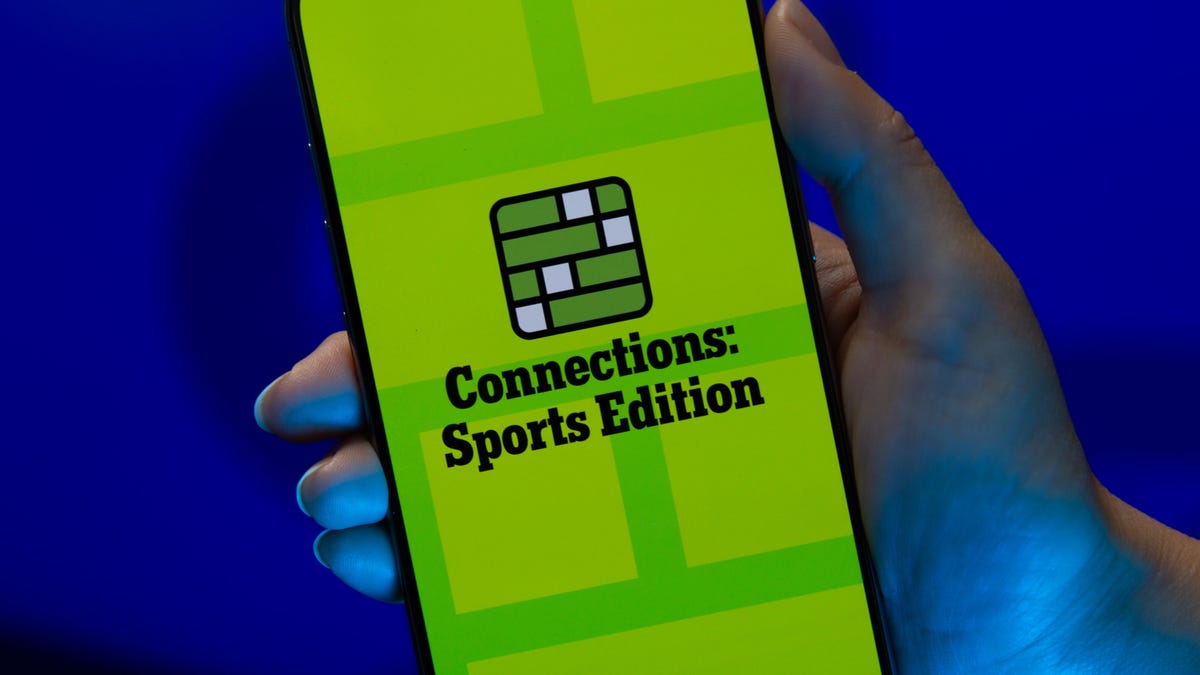
Looking for the most recent regular Connections answers? Click here for today’s Connections hints, as well as our daily answers and hints for The New York Times Mini Crossword, Wordle and Strands puzzles.
Today’s Connections: Sports Edition is a real challenge. That purple category wants you to hunt out something related in four different words, and it’s a toughie. If you’re struggling with today’s puzzle but still want to solve it, read on for hints and the answers.
Connections: Sports Edition is published by The Athletic, the subscription-based sports journalism site owned by The Times. It doesn’t appear in the NYT Games app, but it does in The Athletic’s own app. Or you can play it for free online.
Read more: NYT Connections: Sports Edition Puzzle Comes Out of Beta
Hints for today’s Connections: Sports Edition groups
Here are four hints for the groupings in today’s Connections: Sports Edition puzzle, ranked from the easiest yellow group to the tough (and sometimes bizarre) purple group.
Yellow group hint: Something you save.
Green group hint: An Olympic sport.
Blue group hint: Toronto pitchers.
Purple group hint: Think about the alphabet and look for something hidden.
Answers for today’s Connections: Sports Edition groups
Yellow group: Memento.
Green group: Types of wrestling.
Blue group: Blue Jays to win Cy Young Award.
Purple group: Ends in a homophone for a letter of the alphabet.
Read more: Wordle Cheat Sheet: Here Are the Most Popular Letters Used in English Words
What are today’s Connections: Sports Edition answers?
The yellow words in today’s Connections
The theme is memento. The four answers are collectible, keepsake, memorabilia and souvenir.
The green words in today’s Connections
The theme is types of wrestling. The four answers are arm, freestyle, Greco-Roman and sumo.
The blue words in today’s Connections
The theme is Blue Jays to win Cy Young Award. The four answers are Clemens, Halladay, Hentgen and Ray.
The purple words in today’s Connections
The theme is ends in a homophone for a letter of the alphabet. The four answers are batter’s eye (I), blue jay (J), golf tee (T) and pool cue (Q).
Don’t miss any of our unbiased tech content and lab-based reviews. Add CNET as a preferred Google source.
Technologies
Today’s Wordle Hints, Answer and Help for Dec. 27, #1,652
Here are hints and the answer for today’s Wordle for Dec. 27, No. 1,652.
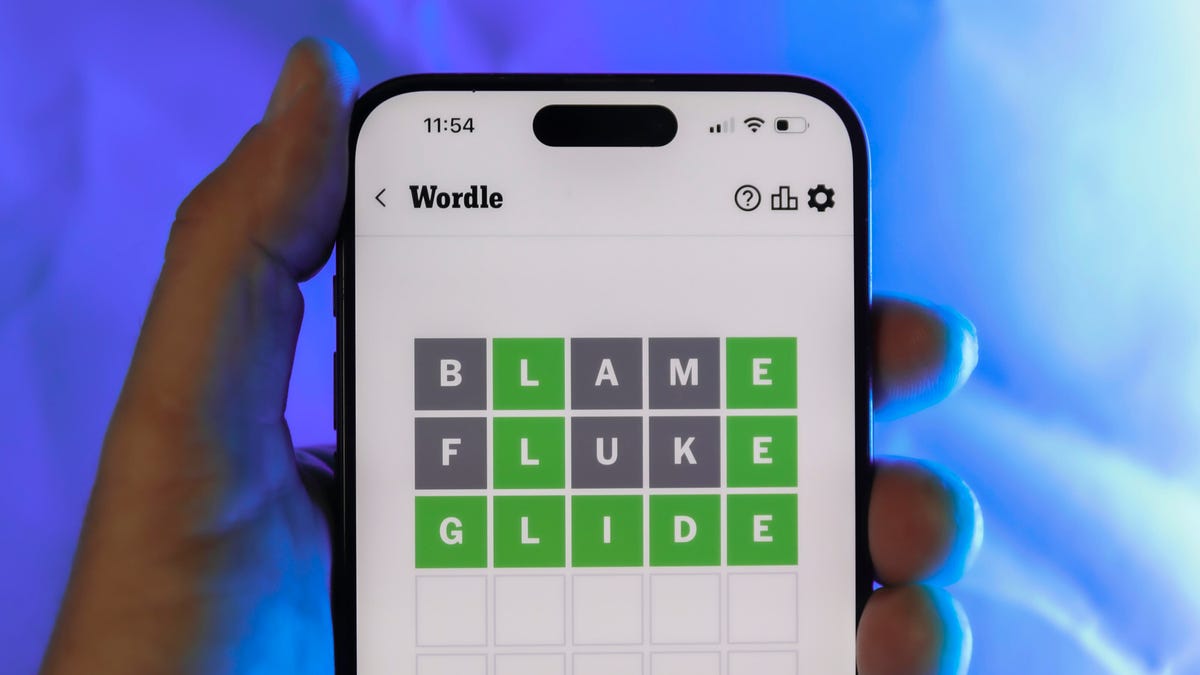
Looking for the most recent Wordle answer? Click here for today’s Wordle hints, as well as our daily answers and hints for The New York Times Mini Crossword, Connections, Connections: Sports Edition and Strands puzzles.
Today’s Wordle puzzle came together pretty quickly for me this time. If you need a new starter word, check out our list of which letters show up the most in English words. If you need hints and the answer, read on.
Read more: New Study Reveals Wordle’s Top 10 Toughest Words of 2025
Today’s Wordle hints
Before we show you today’s Wordle answer, we’ll give you some hints. If you don’t want a spoiler, look away now.
Wordle hint No. 1: Repeats
Today’s Wordle answer has no repeated letters.
Wordle hint No. 2: Vowels
Today’s Wordle answer has one vowel.
Wordle hint No. 3: First letter
Today’s Wordle answer begins with B.
Wordle hint No. 4: Last letter
Today’s Wordle answer ends with H.
Wordle hint No. 5: Meaning
Today’s Wordle answer can refer to a quantity of goods produced at one time.
TODAY’S WORDLE ANSWER
Today’s Wordle answer is BATCH.
Yesterday’s Wordle answer
Yesterday’s Wordle answer, Dec. 26, No. 1651 was SPEED.
Recent Wordle answers
Dec. 22, No. 1647: CONCH
Dec. 23, No. 1648: GLINT
Dec. 24, No. 1649: SPOOL
Dec. 25, No. 1650: PRISM
Don’t miss any of our unbiased tech content and lab-based reviews. Add CNET as a preferred Google source.
-

 Technologies3 года ago
Technologies3 года agoTech Companies Need to Be Held Accountable for Security, Experts Say
-

 Technologies3 года ago
Technologies3 года agoBest Handheld Game Console in 2023
-

 Technologies3 года ago
Technologies3 года agoTighten Up Your VR Game With the Best Head Straps for Quest 2
-

 Technologies4 года ago
Technologies4 года agoBlack Friday 2021: The best deals on TVs, headphones, kitchenware, and more
-

 Technologies4 года ago
Technologies4 года agoVerum, Wickr and Threema: next generation secured messengers
-

 Technologies4 года ago
Technologies4 года agoGoogle to require vaccinations as Silicon Valley rethinks return-to-office policies
-

 Technologies4 года ago
Technologies4 года agoOlivia Harlan Dekker for Verum Messenger
-

 Technologies4 года ago
Technologies4 года agoiPhone 13 event: How to watch Apple’s big announcement tomorrow

